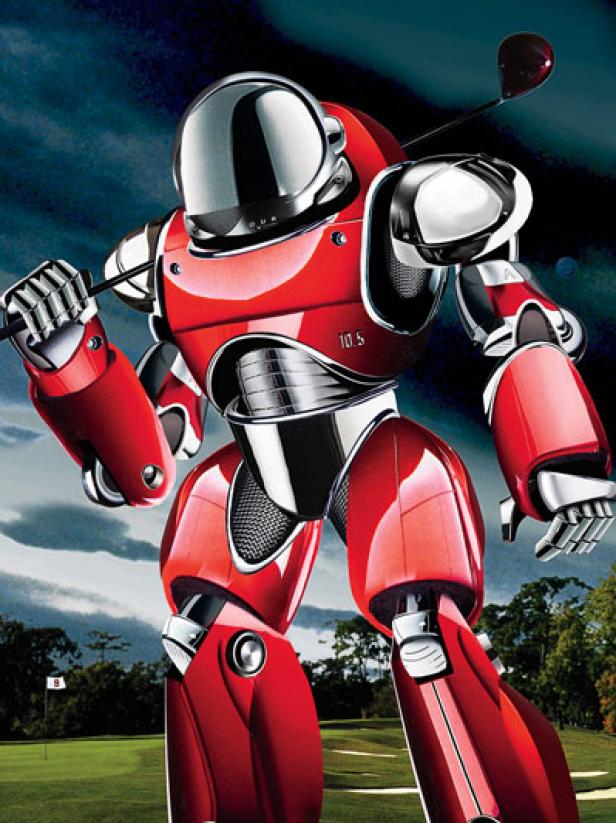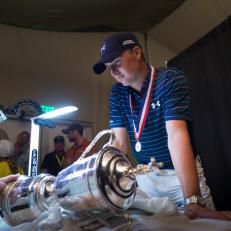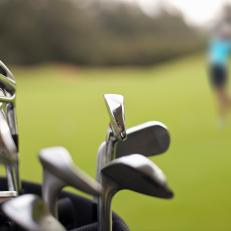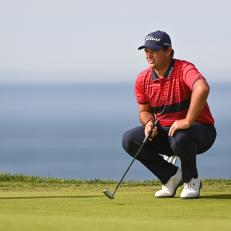
Photo By: Illustration by Eddie Guy
Photo By: Illustration by David Plunkert
Photo By: Photo by Jim Herity
Photo By: Photo by Getty Images
Photo By: Photo by Jim Herity
Photo By: Photo by Getty Images
Photo By: Photo by Gregory Shamus/Getty Images
Photo By: Photo by Getty Images
Photo By: Photo by Callaway Golf
Distance cracks 290 yards on PGA Tour
Photo By: Illustration by Eddie Guy
Belly putters
Photo By: Illustration by David Plunkert
TaylorMade R11
Photo By: Photo by Jim Herity
The sale of Acushnet
Photo By: Photo by Getty Images
New Grooves a go at all Open qualifiers
Photo By: Photo by Jim Herity
George Fellows out at Callaway Golf
Photo By: Photo by Getty Images
iPing app
Furyk's not-so-soft shoe
Photo By: Photo by Gregory Shamus/Getty Images
McIlroy's busted 7-iron
Photo By: Photo by Getty Images
Presidential gifts
Photo By: Photo by Callaway Golf










